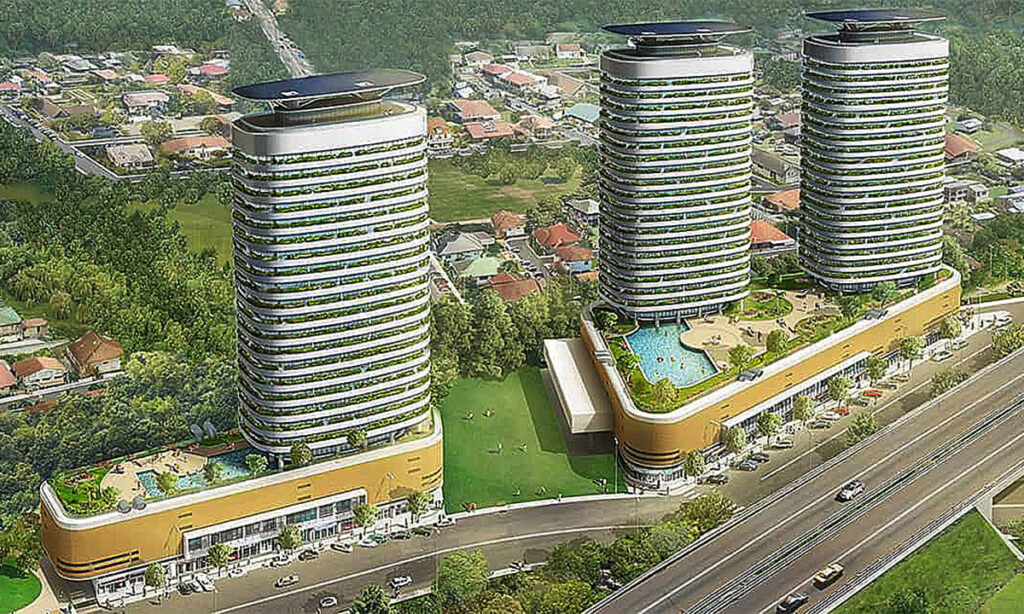The Philippines—with its over 7,600 islands and more than 36,000 kilometers of coastline—is one of the countries that are most vulnerable to the harmful effects of climate change. More than 60 percent of its population actually live within coastal zones where they could be severely impacted by climate disasters.
This is one of the reasons why the Philippines has adopted a progressive attitude as far as environmental conservation is concerned. The national and local initiatives are extremely laudable, all of which serve to further advance the implementation of the country’s ambitious Paris Agreement commitments.
The structures we inhabit are great contributors not only to our quality of life but also to the earth’s well-being. This is where architectural design, specifically green design, can help meet the country’s sustainable development goals.
As one of the early advocates of passive green design in the Philippines, our company, Italpinas Development Corp. (IDC), immediately recognized this crucial relationship between environmental conservation and green architecture. We made it our mission to contribute toward the reduction of the country’s carbon footprint with the use of environmentally efficient design and renewable energy in all of our developments.
We make use of simple, cost-efficient solutions that make a big difference: enhancing natural ventilation to reduce the use of aircon, maximizing natural light in indoor spaces to reduce the use of artificial light, using shading to lower indoor temperature, harvesting rainwater and recycling water, producing sustainable power through the use of solar panels, and so on.
As an architect, I see my work as part of efforts toward sustainability. My designs for IDC developments also reflect the goals of our organization: to provide energy-efficient structures tailor-made for the Philippine climate and are able to deliver world-class design and comfort to the Filipino consumer.
Fighting climate change is a huge task and there are so many ways to contribute, but I think the best and most consistent climate action would be to start with our own selves and within our own homes. A better world begins with the actions and solutions that we do today. Our lifestyle and daily habits—including the design of our homes and our choice of basic resources—form part of the overall solution.

This country is in a good position to make a difference in the fight against the negative effects of climate change. And I do believe that the upward trajectory of the Philippine economy, which was undeniably affected by the pandemic, will continue beyond this time.
With the cooperation of the government and the private sector, the Philippines can be a key player in the global movement for environmental conservation. We can also become a role model for sustainable development in Asia and in the world, but it is up to us to make it happen.
I would like to invite you to Like, Follow, and Share my online spaces and content on Facebook and LinkedIn , and on Twitter .
